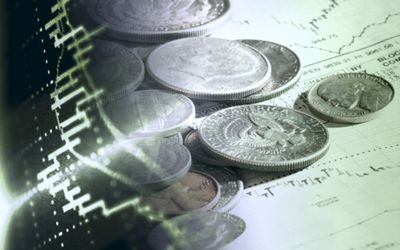COMPARING how exchange-traded funds (ETFs) performed last year against how they’ve done so far this year brings to mind a verse from that font of investment wisdom, the Gospel of Matthew: "But many that are first shall be last; and the last shall be first."
At the start of the year I put together a table of 2015’s best and worst performing exchange-traded products. The worst ETF to have invested in last year was the Satrix Resi, which lost 37%. The table erroneously said Investec Gold did worse, but that was due to the JSE making its exchange-traded notes (ETNs) data unusable by storing zeros instead of "not a number" (NaN in database jargon) on days they don’t trade — and ETNs are very thinly traded on the JSE.
A handy service offered by Absa Stockbrokers, which is available even if you’re not a customer, is a weekly report on exchange-traded products downloadable here.
From bitter experience, I’m ideologically opposed to buying sector- or geography-specific ETFs, and remain an advocate of buying the most diversified portfolios, which out of the JSE’s range is DBX-World. While I don’t believe in buying them, using these ETFs as proxies to watch how different sectors and geographies react to various new events is fascinating.
Who could have predicted that resources shares would benefit from the rand collapsing in an almost comedic fashion — a frantically juggling finance minister trying to outrun the Keystone Cops, perhaps?
Satrix Resi’s 19.52% rebound so far this year doesn’t place it in pole position. Another resources fund — Absa’s NewFunds S&P Givi SA Resource 15 — has gained 61.29% since the start of the year.
The two funds don’t just illustrate the resurgence of mining shares this year, but also the comeback of value investing after years of getting trounced by momentum investing.
Although both ETFs draw their portfolios from the same pool of the JSE’s resources companies, the market capitalisation weighted Satrix Resi falls under the "momentum investing" school. As implied by the acronym — Givi expands into Global Intrinsic Value Index — it uses a methodology developed by Standard & Poor’s that attempts to automate value investing.
Satrix’s "value style" ETF, RAFI which uses a proprietary "fundamental indexing" methodology developed by California-based Research Affiliates, has returned 9.62% year-to-date after losing 7.85% last year. Satrix Divi — which could also be considered a "value" index, although it only considers projected dividends rather than book value and other factors used in value investing — has done even better, with a 12.99% return after last year’s disastrous 20% loss.
Absa offers a momentum-style ETF that has lost 1.81% year to date after gaining 35.81% over the past three years, beating the Satrix Top 40, which achieved 25.4% over that period.
I remain unconvinced that value investing can be automated the same way momentum investing can. To paraphrase Oscar Wilde, "Nowadays people know the price of everything and the value of nothing", you can get the price of a share anytime, but knowing its value is as much art as science.
If picking winners was as easy as buying shares trading at under their net asset value with a high dividend yield, everyone would be as rich as Warren Buffet. The efficient market hypothesis generally holds, meaning undervalued companies are invariably undervalued because the market knows something you don’t.




















Change: 1.19%
Change: 1.36%
Change: 2.19%
Change: 1.49%
Change: -0.77%
Data supplied by Profile Data
Change: -0.08%
Change: 0.12%
Change: 1.19%
Change: 0.00%
Change: 0.10%
Data supplied by Profile Data
Change: 0.32%
Change: 0.38%
Change: 0.36%
Change: 0.22%
Change: 0.23%
Data supplied by Profile Data
Change: -0.02%
Change: -0.51%
Change: -0.19%
Change: -0.33%
Change: -0.15%
Data supplied by Profile Data